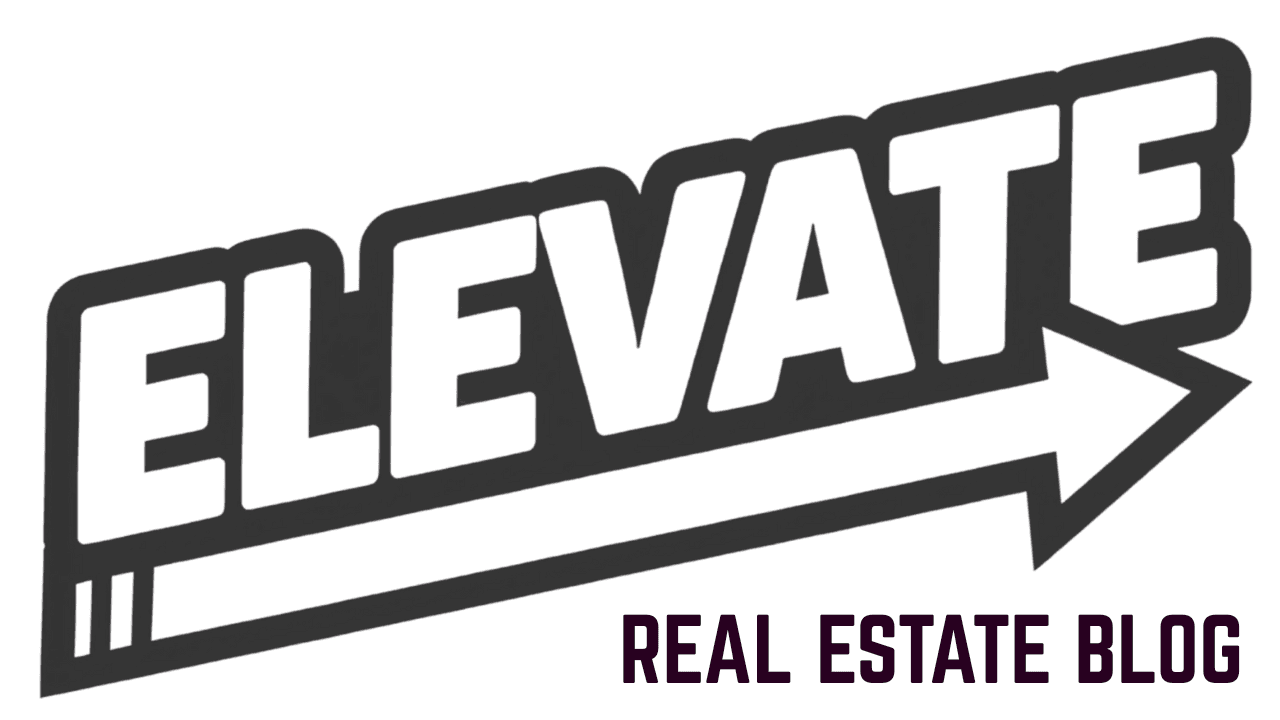Email list segmentation drives results. Segmented campaigns generate 760% higher revenue than non-segmented emails. For real estate professionals, this translates to more qualified leads, higher conversion rates, and increased deal volume.
Most agents send identical emails to their entire database. This approach fails because a first-time homebuyer has different needs than a luxury investor. Proper segmentation solves this problem by delivering relevant content to specific audience groups.
Primary Segmentation Categories
Transaction Type Segmentation
Divide contacts into buyers, sellers, investors, and renters. Each group requires distinct messaging and value propositions. Buyers need property listings and market insights. Sellers want pricing strategies and marketing updates. Investors focus on cash flow analysis and market trends.
Create sub-segments within each category. First-time buyers need educational content about the purchase process. Experienced buyers want immediate access to new listings in their price range. Luxury buyers require exclusive property previews and concierge-level service updates.
Geographic Segmentation
Location drives real estate decisions. Segment contacts by preferred neighborhoods, school districts, and commute preferences. Urban buyers care about walkability scores and public transportation. Suburban buyers prioritize school ratings and community amenities.
Price range segmentation prevents irrelevant content delivery. Contacts searching for homes under $300,000 should not receive luxury property updates. This precision targeting increases engagement rates and reduces unsubscribe rates.

Lifecycle Stage Segmentation
Track where contacts sit in the buying or selling timeline. New leads require nurturing content that builds trust and demonstrates expertise. Active prospects need immediate market updates and property alerts. Past clients benefit from market reports and referral opportunities.
Behavioral segmentation identifies engagement patterns. Track email opens, link clicks, and website visits. Highly engaged contacts receive more frequent communications. Low-engagement contacts get re-engagement campaigns designed to reactivate interest.
Implementation Strategies
Database Preparation
Clean your contact database before implementing segmentation. Remove duplicate entries, update outdated information, and verify email addresses. Incomplete or inaccurate data undermines segmentation effectiveness.
Import contacts from multiple sources require careful duplicate management. Keep the most recent contact information and merge important details from older records. This prevents sending multiple emails to the same person and maintains data integrity.
Progressive Segmentation
Start with two or three primary segments. Focus on the most impactful divisions for your business model. Once these segments perform effectively, add additional layers of sophistication.
Segment size matters. Groups that are too large lack personalization benefits. Segments that are too small may not justify separate campaigns. Aim for segments containing at least 50-100 contacts to ensure statistical significance in performance metrics.

Content Strategy by Segment
Each segment requires tailored content approaches. New leads need educational materials that establish your expertise. Include market reports, buying guides, and neighborhood spotlights. Active prospects want immediate property updates and showing availability.
Past clients benefit from value-added content that maintains relationships. Share seasonal home maintenance tips, market appreciation reports, and referral incentives. This approach generates repeat business and referral opportunities.
Advanced Segmentation Techniques
Behavioral Trigger Segmentation
Monitor specific actions to trigger automated segment changes. When a lead clicks luxury property links repeatedly, move them to the luxury buyer segment. Property search behavior indicates serious buying intent and warrants more frequent communication.
Email engagement patterns reveal contact preferences. High-engagement contacts can receive daily market updates. Low-engagement contacts should receive weekly or monthly communications to avoid overwhelming their inbox.
Preference-Based Segmentation
Allow contacts to self-select their interests and communication frequency. Provide preference centers where subscribers choose their topics of interest. This opt-in approach improves engagement rates and reduces spam complaints.
Language preferences matter in diverse markets. Segment contacts by preferred language to ensure effective communication. Bilingual markets require separate content strategies for each language group.

Integration with CRM Systems
Connect your email platform with your CRM to enable dynamic segmentation. When deal status changes in your CRM, automatically update email segments. This integration ensures contacts receive appropriate messaging based on their current situation.
Track lead sources to understand which marketing channels generate the highest-quality prospects. Segment contacts by acquisition source and tailor messaging accordingly. Referral leads may need different nurturing approaches than online advertising leads.
Performance Measurement
Key Metrics to Monitor
Track open rates, click-through rates, and conversion rates for each segment. Compare performance across segments to identify optimization opportunities. High-performing segments reveal successful messaging approaches that can be applied to other groups.
Monitor unsubscribe rates by segment. High unsubscribe rates indicate content misalignment or excessive email frequency. Adjust content strategy and sending frequency based on these insights.
A/B Testing Strategies
Test different subject lines, send times, and content formats for each segment. What works for first-time buyers may not resonate with investors. Segment-specific testing provides actionable insights for optimization.
Test email frequency preferences across segments. Some groups prefer daily updates while others want weekly summaries. Optimize sending frequency based on engagement patterns and feedback.

Technology Integration
Modern real estate professionals leverage integrated platforms to streamline their marketing efforts. Tools that combine CRM functionality with automated email marketing enable sophisticated segmentation strategies without manual complexity.
Pulse Intelligence integrates market data with contact segmentation to deliver hyper-relevant content. When market conditions change in specific neighborhoods, relevant contacts automatically receive targeted updates. This integration eliminates manual campaign management while improving message relevance.
Automated workflows trigger based on contact behavior and market conditions. When inventory levels drop in a contact's preferred area, they receive immediate notifications. This responsive approach positions agents as proactive market experts who provide valuable insights before competitors.
Implementation Timeline
Week 1: Clean your contact database and identify primary segmentation criteria based on your business model and client base.
Week 2: Create initial segments and develop content templates for each group. Focus on your three most important audience segments.
Week 3: Launch segmented campaigns and establish performance monitoring procedures. Track key metrics from the beginning.
Week 4: Analyze initial results and optimize based on performance data. Adjust segment criteria and content strategy as needed.
Results and ROI
Proper email segmentation typically increases open rates by 14% and click-through rates by 101%. More importantly, segmented campaigns generate higher-quality leads who convert at superior rates.
Real estate professionals using advanced segmentation strategies report 25-40% increases in qualified lead generation. The improved relevance translates to shorter sales cycles and higher transaction values.
Segmentation also improves client satisfaction by delivering valuable, timely information. Satisfied clients provide more referrals and become repeat customers for future transactions.
Ready to implement advanced segmentation strategies for your real estate business? Discover how Pulse Intelligence can automate your marketing segmentation while providing market insights that keep your clients engaged and informed.





